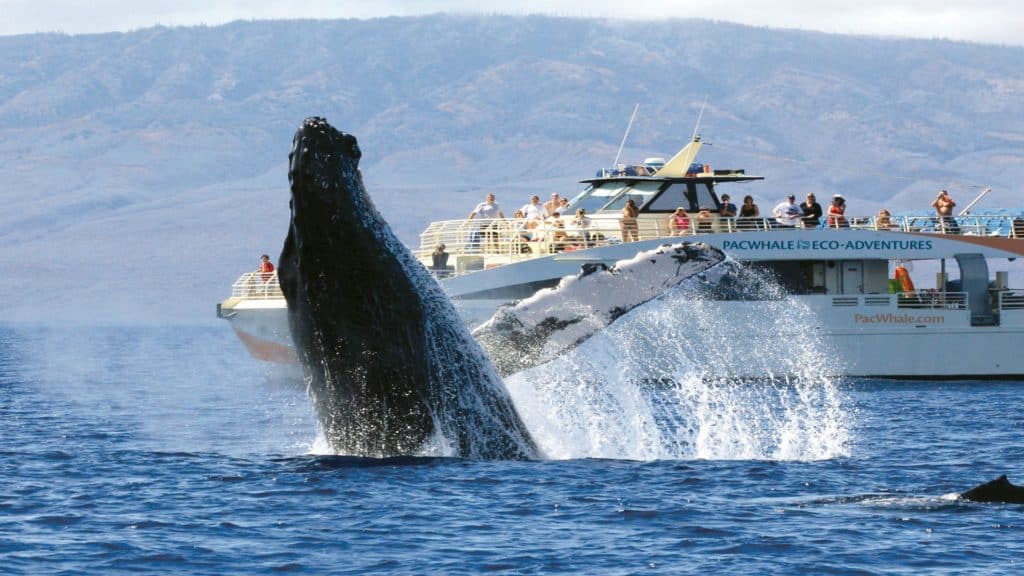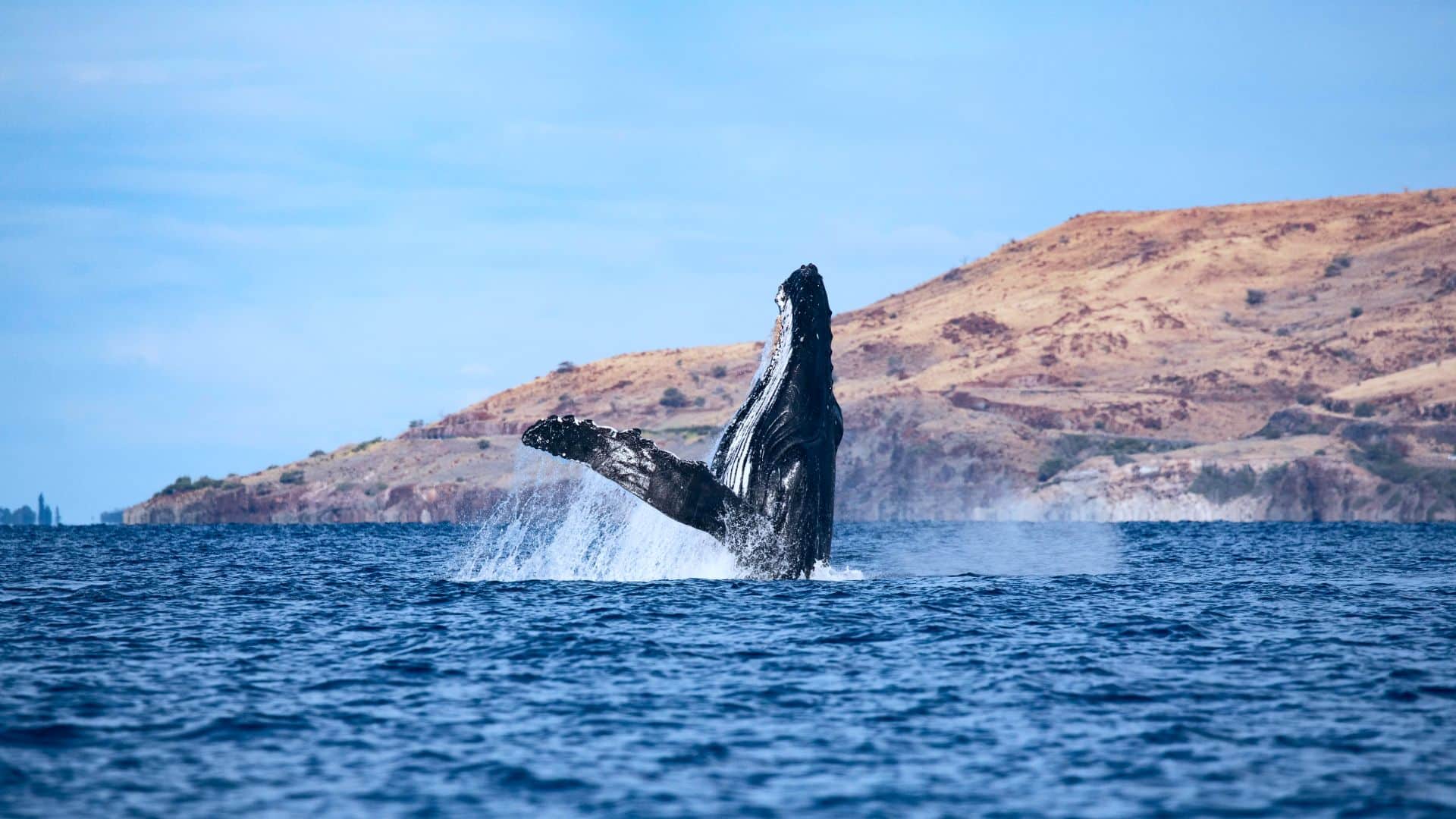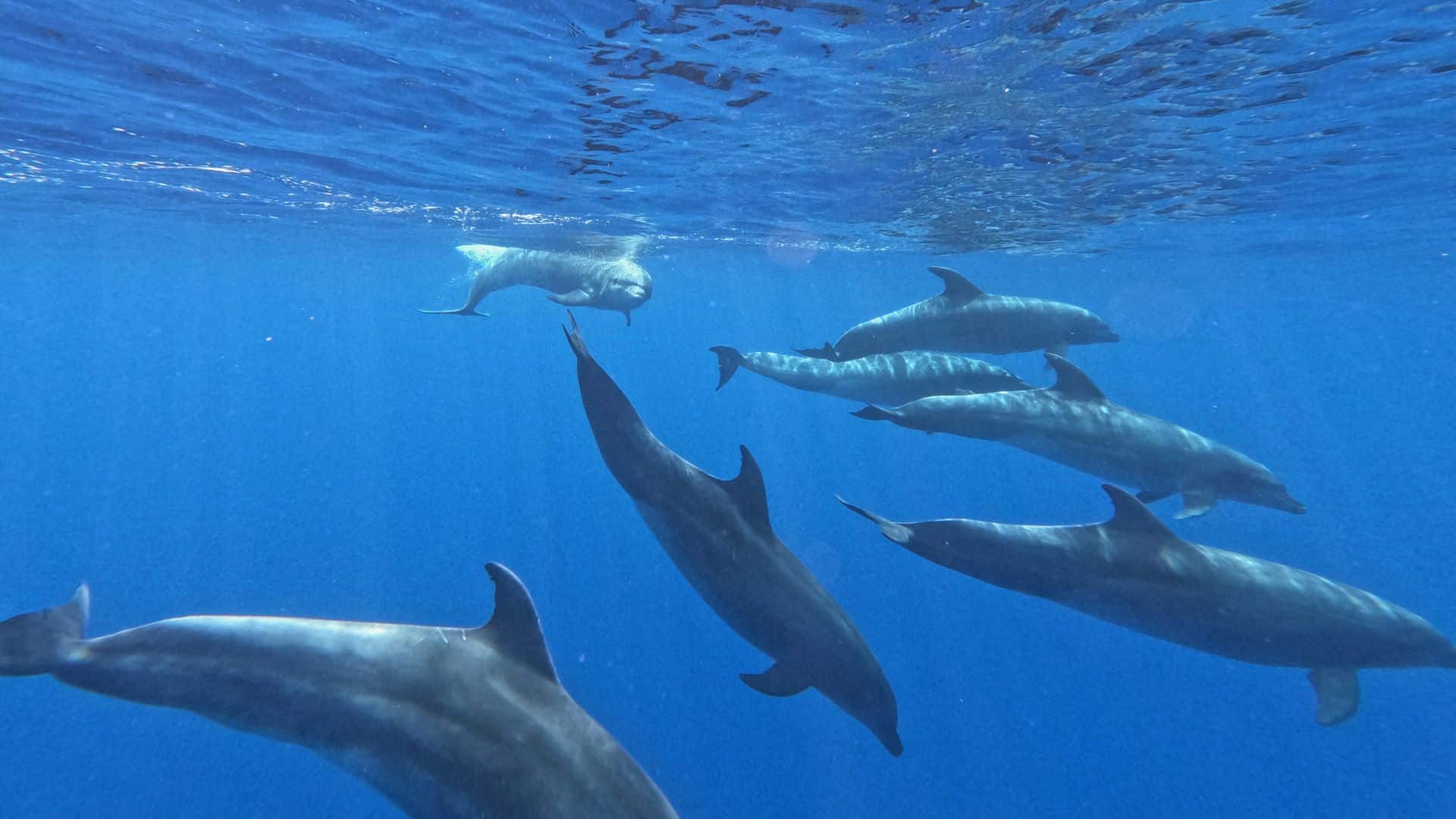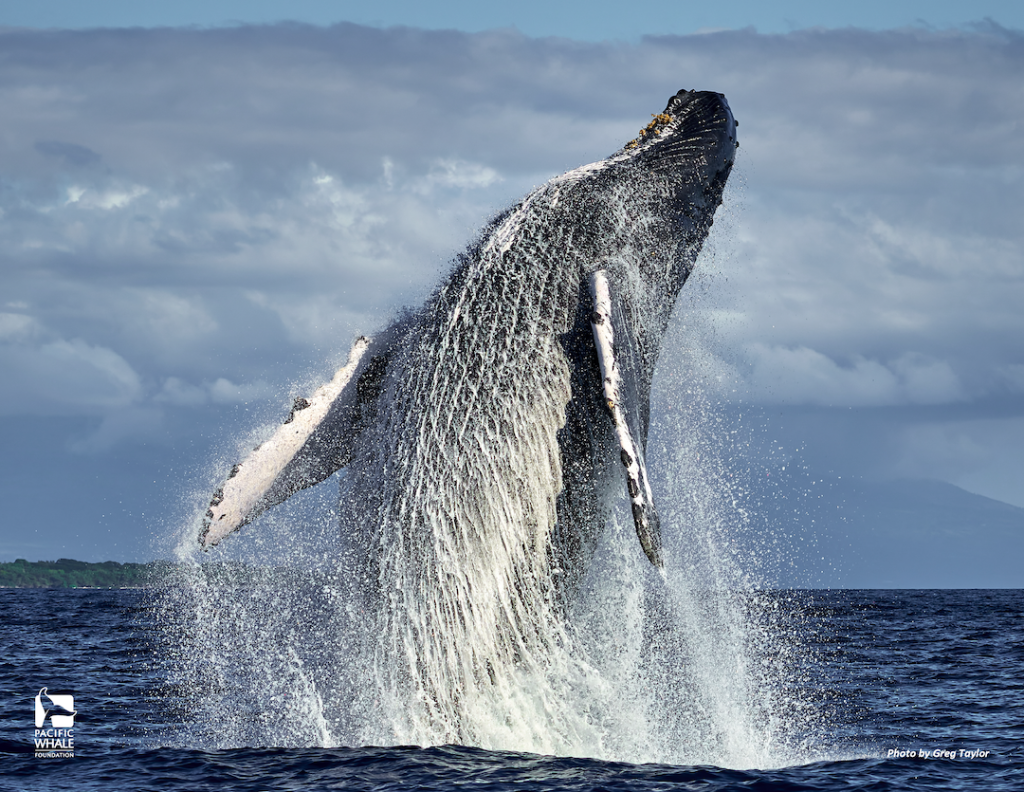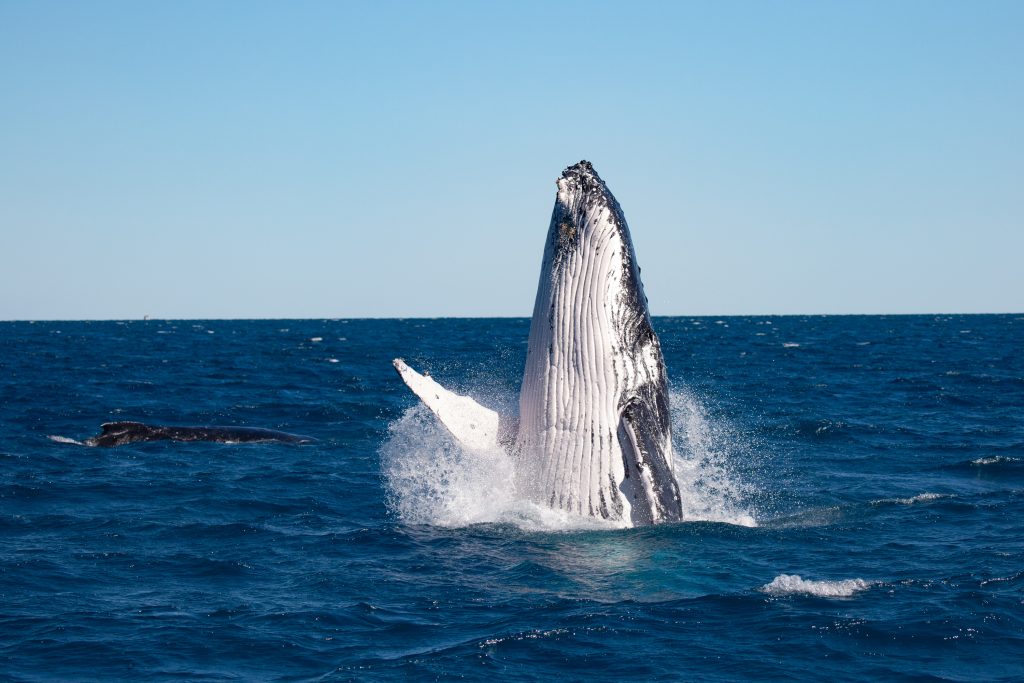In 2021, we made the strategic decision to expand research funding in East Australia, a marine ecoregion where we can grow and deepen our impact, in order to widen our scope of study on marine mammal species.
The first organization to conduct photo-ID research on humpback whales in Queensland’s Hervey Bay, our Australia research has influenced state and commonwealth policies on whale protection in the region. We have since amassed one of the longest running and most comprehensive cetacean photo-ID catalogs in the Southern Hemisphere. This data set is incredibly valuable in detecting changes to the species over time and understanding humpback whale life-history parameters.
Through photo-identification, we have documented migratory movements of the E-1 humpback whale population and have played a key role in discovering interchange occurring between Southern Hemisphere whales. PWF researchers pioneered the documentation of opportunistic humpback whale feeding behavior and have compiled an extensive record of opportunistic feeding in this marine environment.
